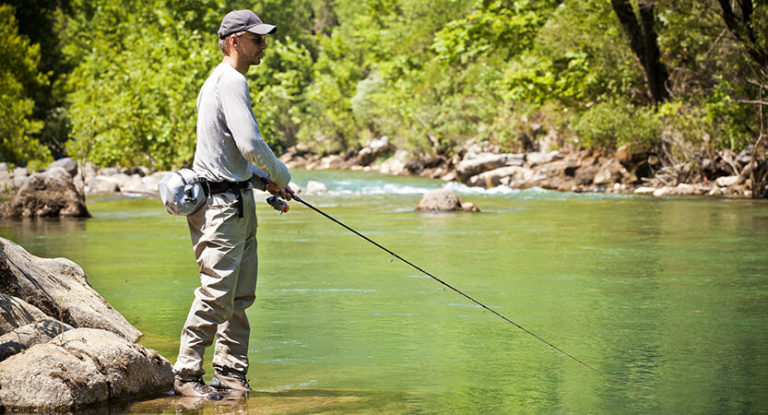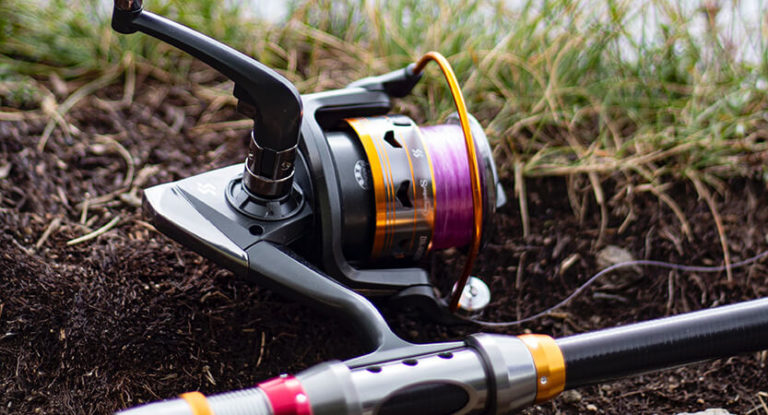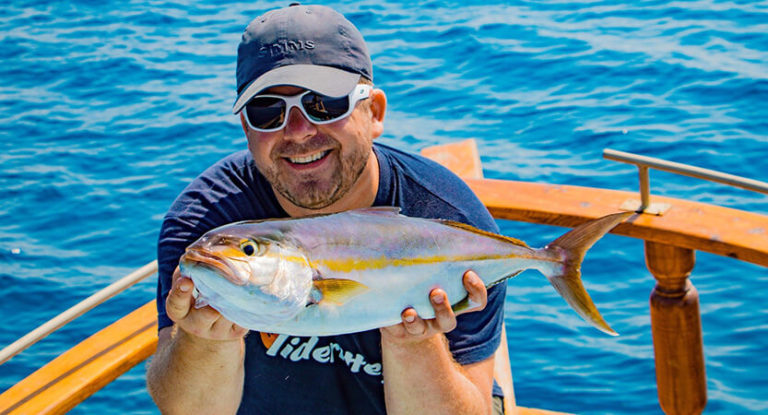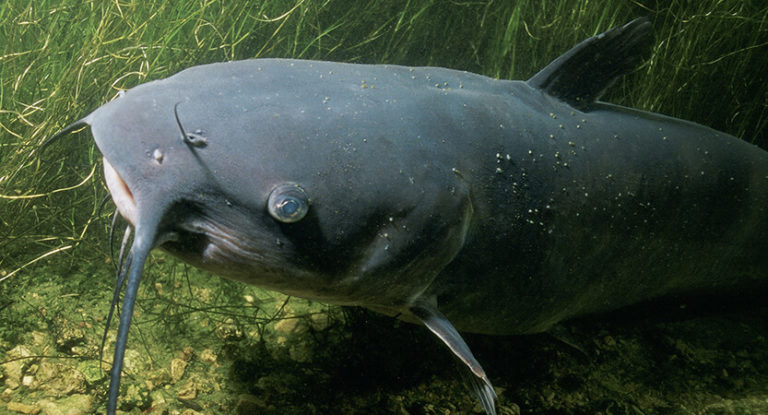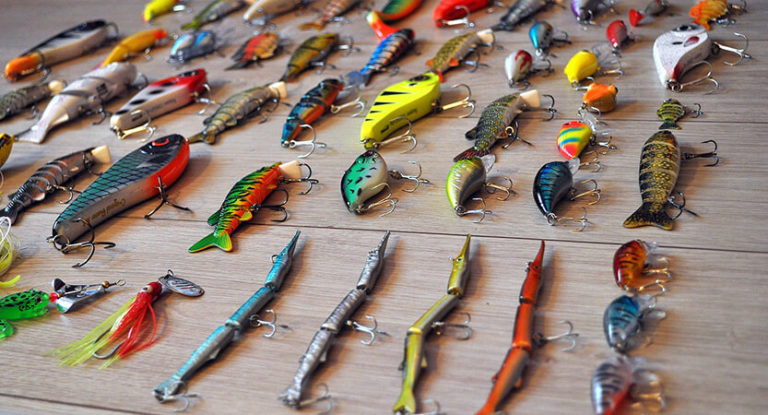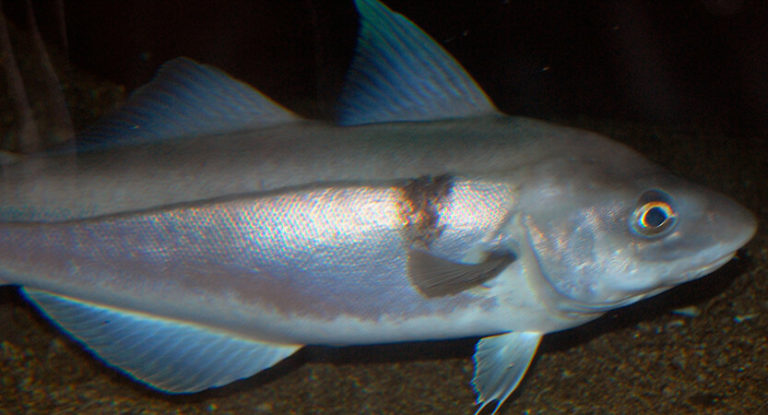Arctic char belongs to the order of salmonidae, the genus of salvelinus. Are all charred ones predatory fish of medium and large sizes? which are a complex species, which immediately include 9 different.
Here is an overview of the content of this tutorial, feel free to jump to any section you care about:
For more fishing instructions, take a look at these popular Trizily links: Chub Fishing.
- The 10 best fish finders for the money 2022
- The 7 best fly fishing reels 2022
- The 7 best baitcasting reels 2022
- The 7 best spinning reels 2022
Arctic Char Fishing
Characteristics of arctic char
As in the case of most other fish of this genus, the characteristic features of the arctic char are a conical or rounded head, a swollen body. There are no spots on the body or there are few of them, usually they are small and round. It has both a walk-through and a residential form. The passage form can reach 110 cm in length and 15 kg by weight. It is assumed that the maximum age of the passing char can be 32 years.
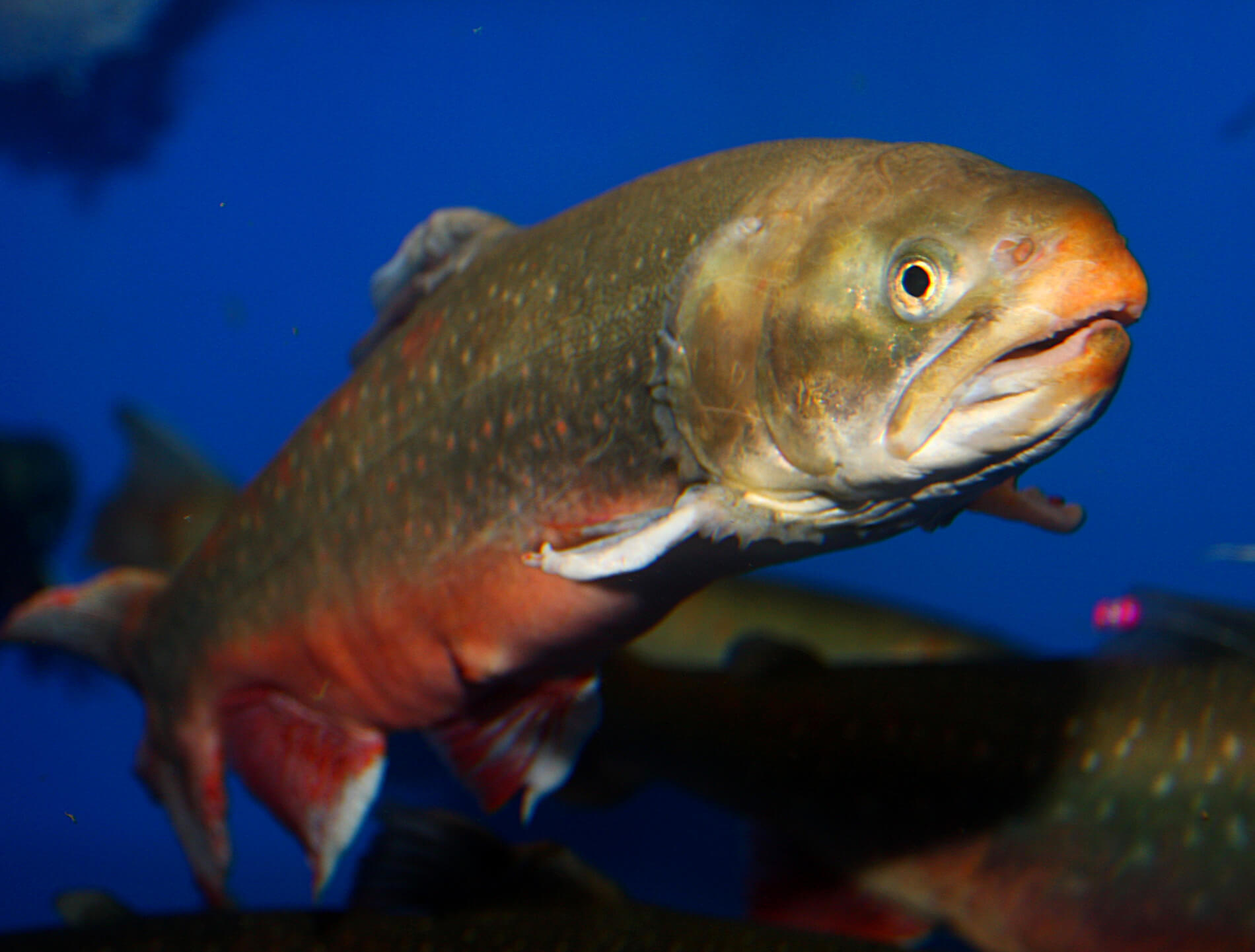
Reproduction habit of arctic char
The char breeds several times in life and usually not annually. Most often, the time of spawning is autumn, although it is known that it can occur at other times of the year. Spawning places can be found in slow-flowing rivers and in lakes at a depth of up to 15 m. It makes nests on small and medium pebbles, which allows them to be built up to 2-3 m in diameter. The male can spawn with a pair of females. The fertility of migratory fish ranges from one and a half to nine thousand eggs. In “residential” this indicator is much more modest – from 21 to 3 thousand eggs.
Arctic char fishing guide: Techniques, bait and gear
Arctic char fishing techniques
Arctic char fishing is possible at any time of the year. Catching this fish gives you a sea of unforgettable sensations and unique excitement. The capture is carried out with various gears, using both natural and artificial baits. Thanks to the active nutrition of fish, in any season, there are a large number of different fishing methods.
Catching arctic char on float tackle
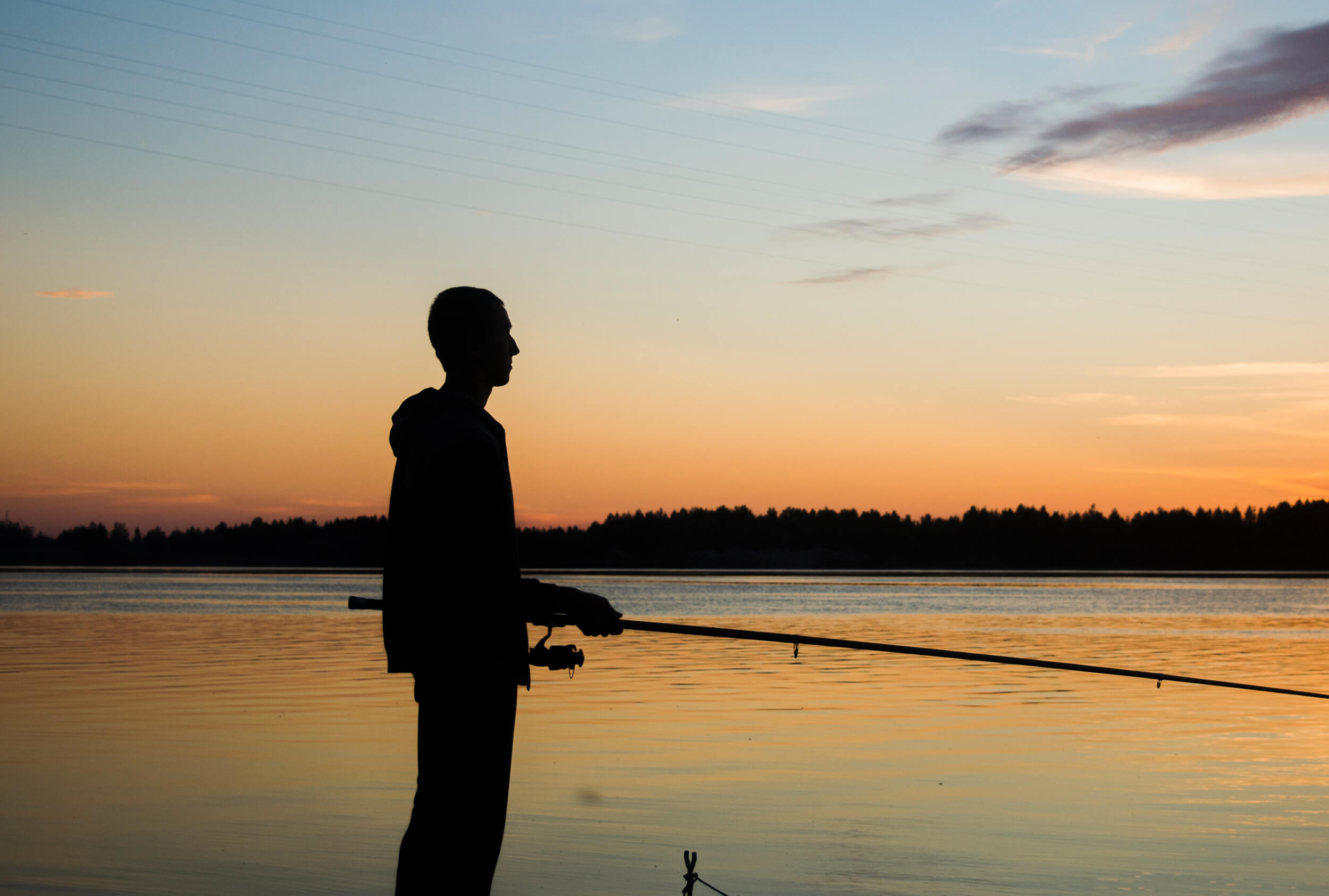
This method is most effective during the mass movement of fish from the sea to rivers. Most often this happens in the first two summer months. But since some part of the char remains in the river for the whole year, then catching this fish becomes possible year-round. Only during the period of freezing will the arctic char be caught. Specialists consider boiled salmon caviar to be the best bait for char fishing using float tackle. The larger the eggs, the better. In some cases, artificial bait, similar to eggs, is used. They also catch fresh and even spoiled caviar. The preferred length of the rod is from 3 m. A reliable reel with fishing line, the diameter of which is 0.25-0.35 mm, is required. Most commonly used are binary hooks. The scenario is usually this: the fish immediately rushes to the bait, and the float quickly rises to the bottom. If you don’t hook it right away, the catch will go off the hook.
Spinning for arctic char
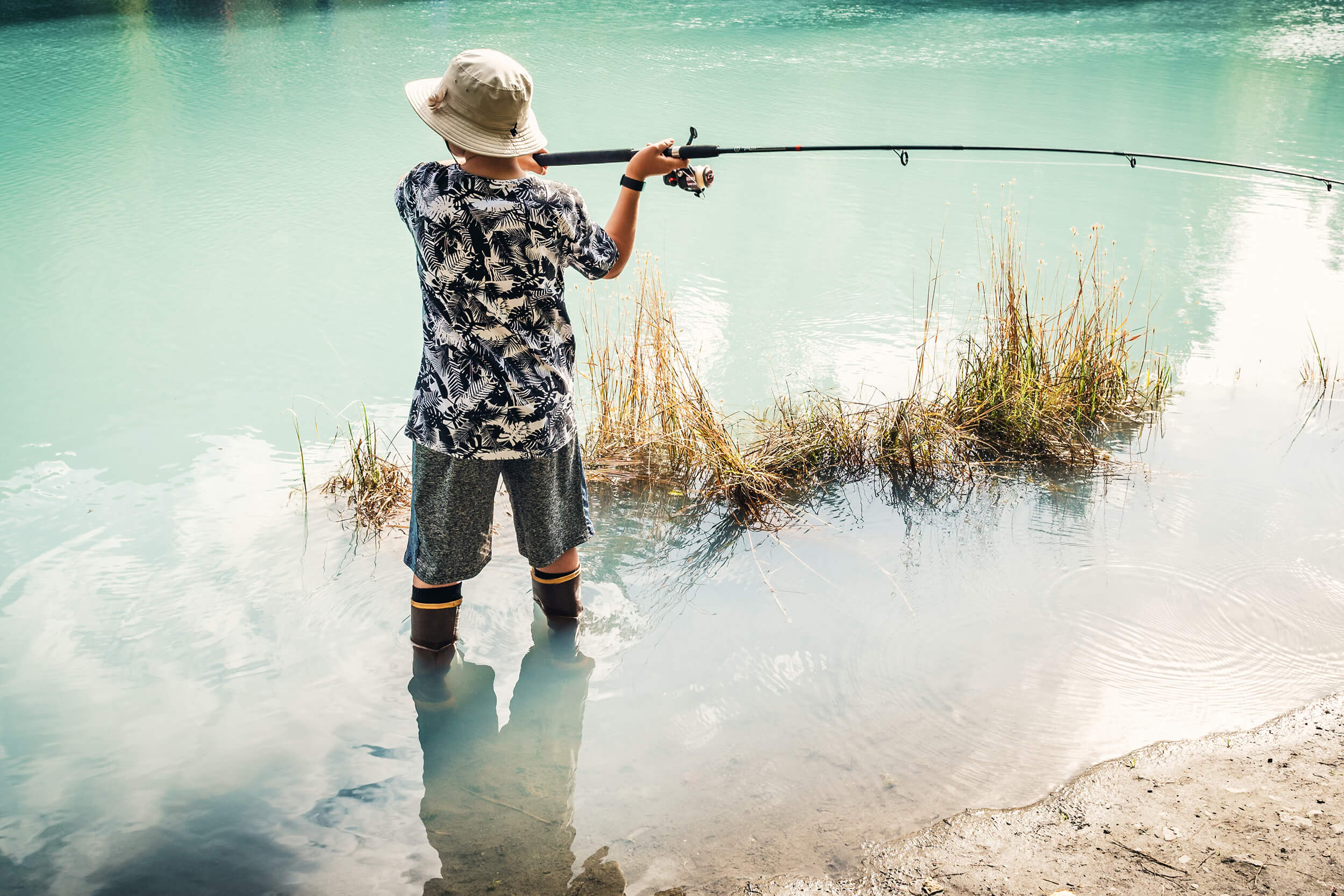
To catch this fish, it is more profitable to work with a spinning system of fast action. The length of the rod is 2.6-2.8 m. The inertia-free reels must be of the appropriate size for the balance of the rod, and a capacious spool, with a cord or fishing line that can withstand tensile weight up to 10 kg. It is better to give preference to large baits, which is characteristic of many species of the salmon family. Their color, in general, is not important. Mainly used spinners and oscillators, wobblers. It is difficult to single out one type of bait. The fact is that on some ponds, arctic char can be susceptible to heavy spinners, and on others – to simple rotating spinners with feathered tees. Sometimes char can only respond to wobblers. Before you pick up the bait in a particular reservoir, you should observe the local fishermen, question them or experiment yourself.
Fly fishing for arctic char
Arctic char is a very interesting trophy for fly fishing. Not many can boast fishing for this fish. The char will attack the nozzle sharply and even aggressively, but the fish often changes their “mood” and it happens that a bite can be expected for a rather long time. In most cases, fishing conditions allow the use of longer rods, which make it possible to make accurate and distant casts. Light two-handed switches and switches are great for this. Fish most often stays in the lower layers of water, therefore, Arctic char is mainly caught on shipped streamers and wet flies using sinking ends. In good weather, the arctic char actively reacts to the “furious bait”. Many fishermen note that it was on this bait that most of the loaches were caught by fly fishing.
Arctic char fishing in the winter
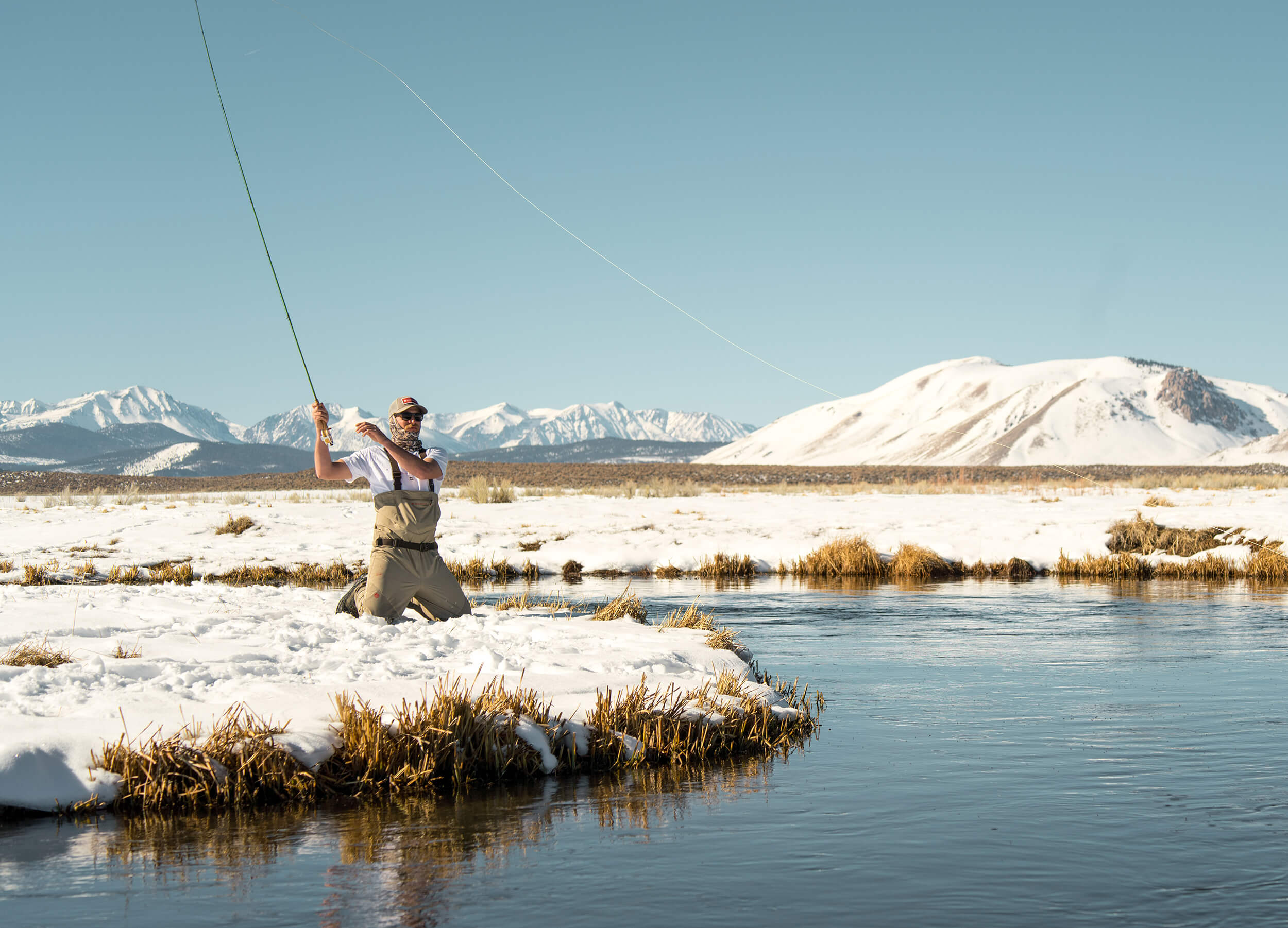
In winter, fishing for this fish can also be very successful. Usually winter fishing is carried out using baubles. Some anglers argue that heavy bait with a hanging hook is better than soldered. There is an experience of using double hooks instead of single hook by fishermen. For a better result, a couple of eggs or fish slices are planted on the hook. In the case of an active bite, the natural replanting is replaced with a red colored piece of foam. The char reacts best to large and bright baubles. It does not hurt to additionally equip spinners with cambric or beads resembling eggs. In winter, it is recommended to use the entire thickness of the water to hunt for char. In order to attach fish to the hole, dry flavors with the smell of caviar have been developed, but such a bait only keeps the fish near the hole.
Where to catch arctic char
Arctic char spread on the territory of three continents. It is found in river basins and northern seas of North America, Europe and Asia. There is no char in the rivers of the Baltic and White Seas. There are in the rivers of such famous islands as the Bear, Svalbard, Novaya Zemlya.

